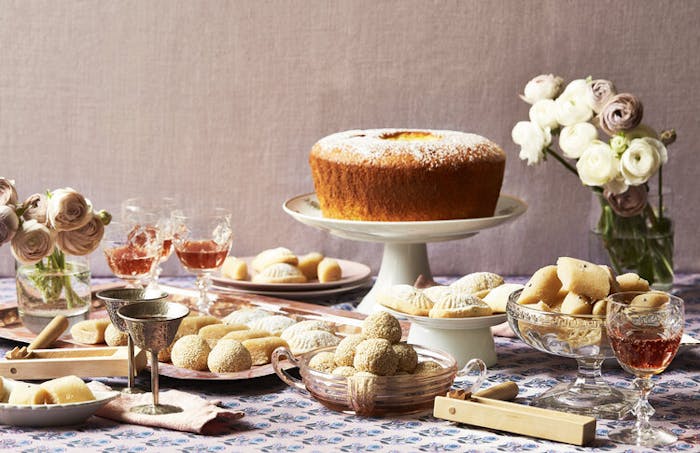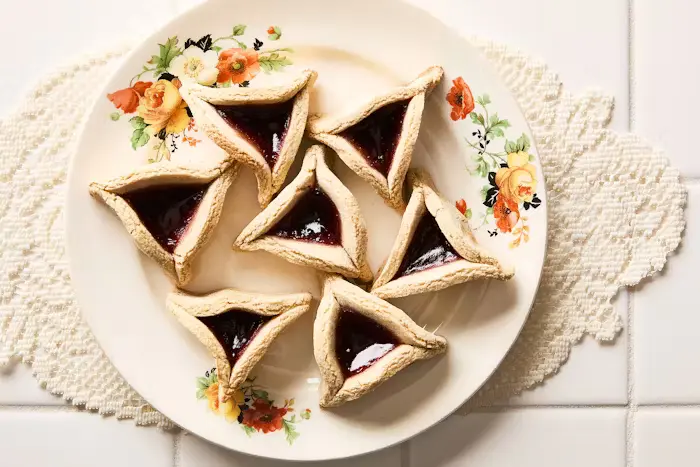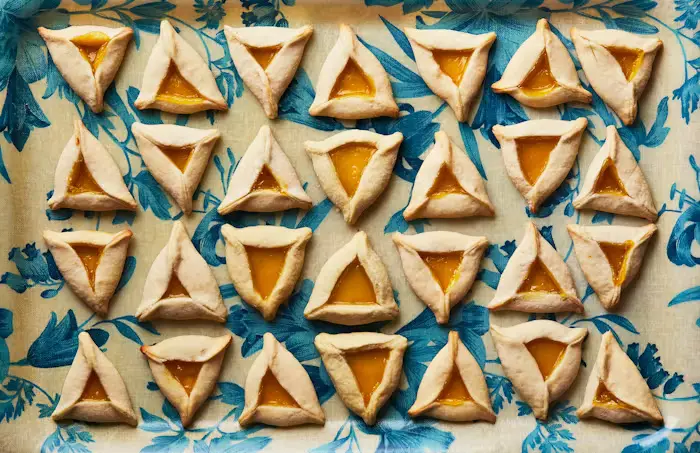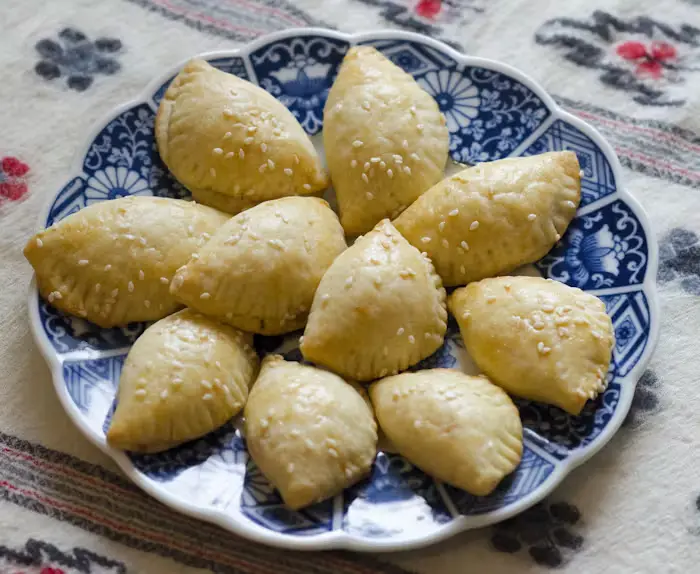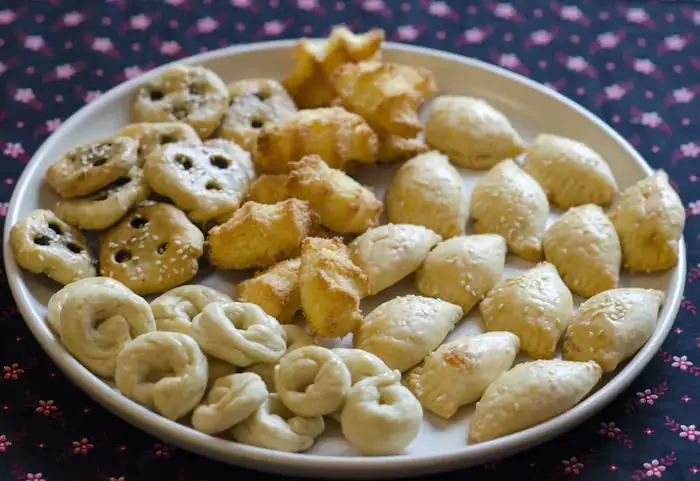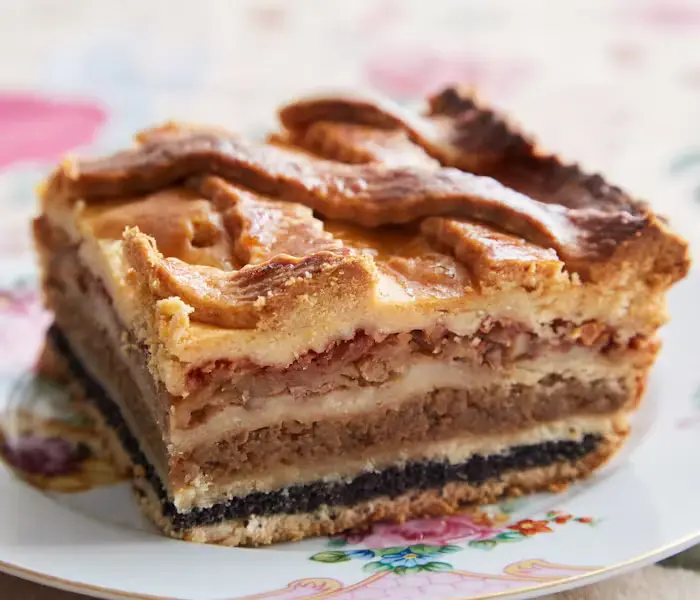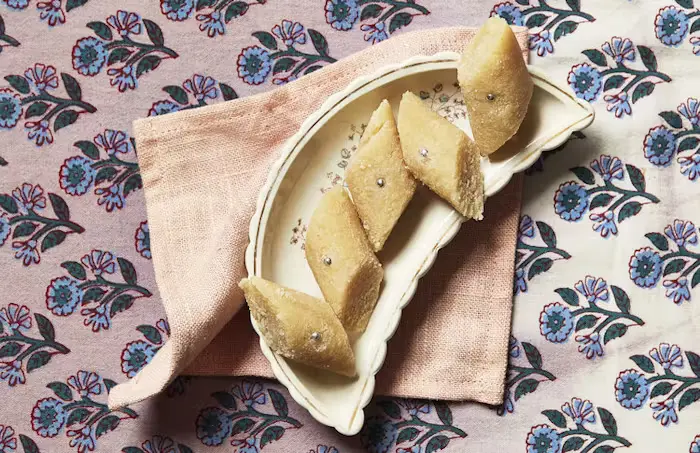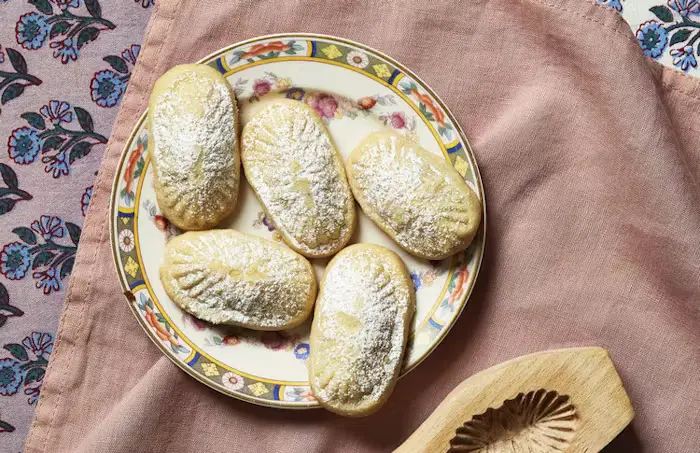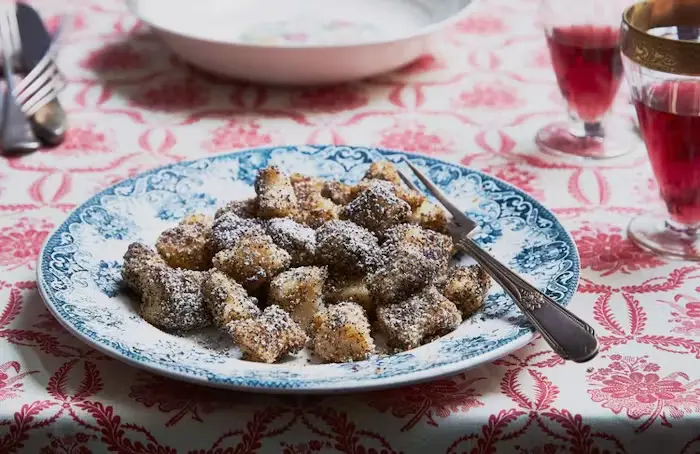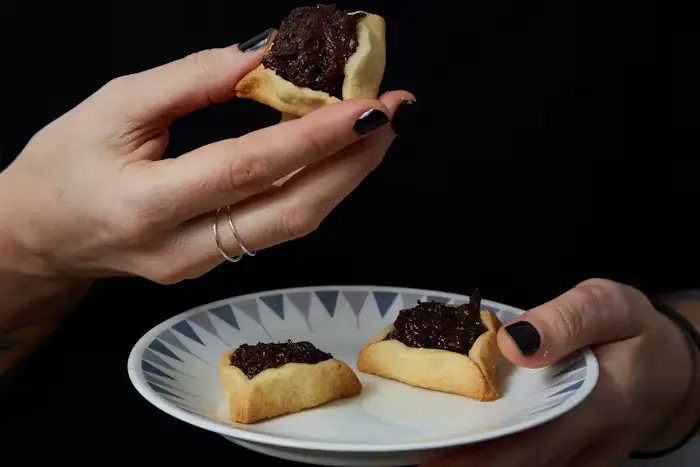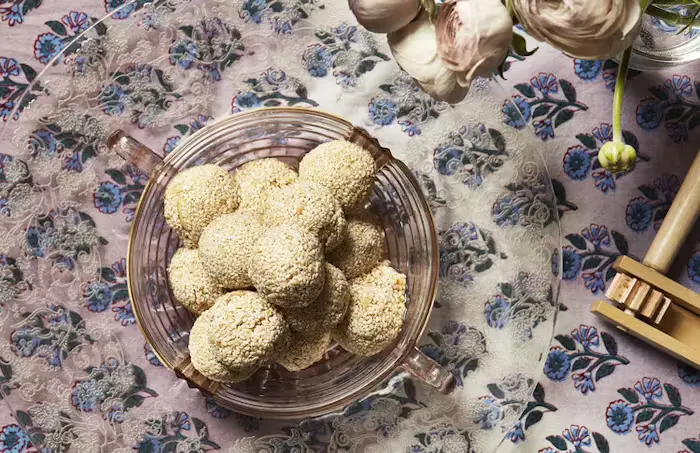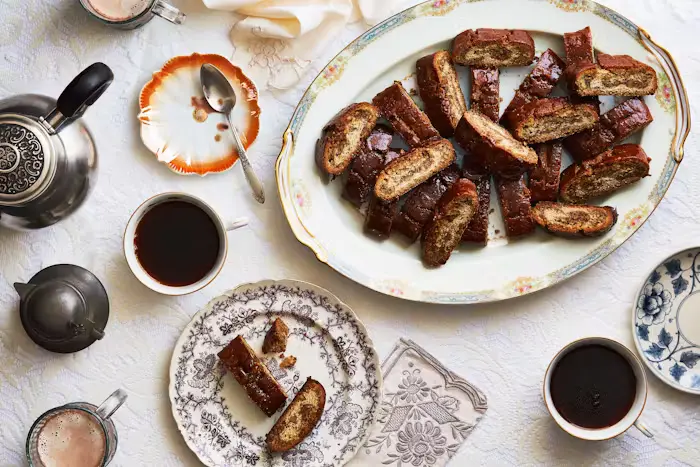Purim Foods From Around the World
16 Recipes
Purim Foods From Around the World
16 Recipes
Just before spring, Jewish communities around the world celebrate Purim, commemorating when Esther and Mordechai saved the Jews of ancient Persia. The holiday, which falls on March 13-14 this year, is traditionally marked by reading the Purim story in the Book of Esther, enjoying a feast, giving to those in need, and exchanging small gift packages called mishloach manot — filled with baked goods like Purim cookies and candies — with friends and family. It’s also a time for raucous parties since it’s customary to drink until one can no longer tell the difference between the villain of the Purim story, Haman, and Mordechai.
The most popular Purim sweet is hamantaschen, or triangular cookies which some say represent the three-cornered hat Haman wore. You can find recipes below for ones with a classic poppy seed filling from Svetlana and Maria Geyman, and ones with more modern fillings like lemon curd from Genna Mazor Levine and dulce de leche from Maria Zimman.
There are also recipes for Iraqi Purim treats like cheese-filled sambusak from Ilana Isaac’s family who moved from Baghdad to Israel in 1950, recipes for Hungarian sweets from Yonit Naftali’s great-grandmother who perished in the Holocaust, and many more.
Do you have a favorite family recipe for Purim? We’d love to hear about it. Plus, find more Jewish recipes here.
In this collection
16 Recipes
